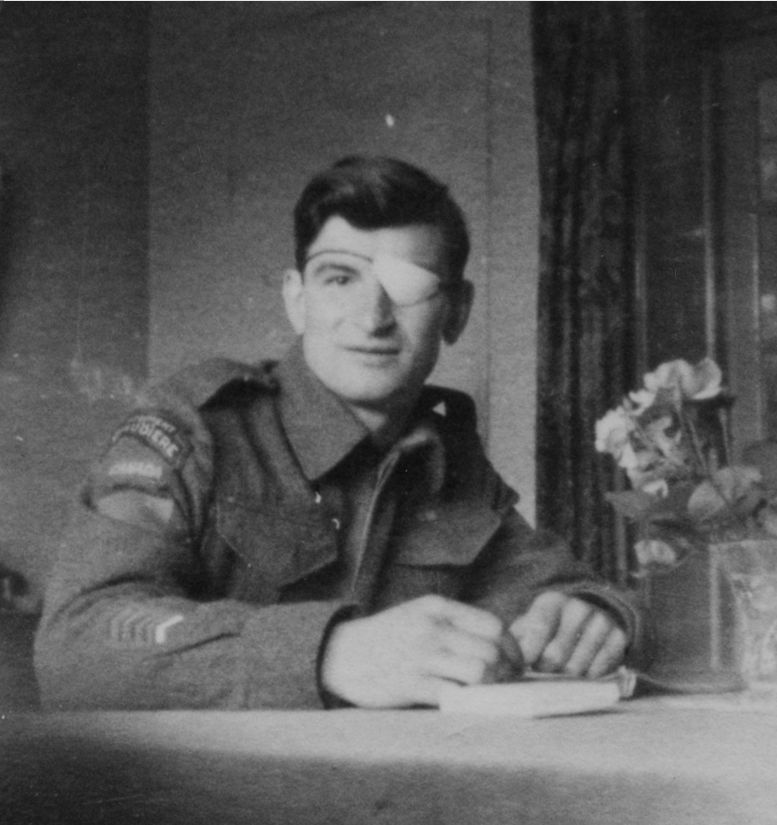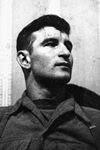I Was There! - We Dropped the First Atomic Bomb On Japan
The War Illustrated, Volume 9, No. 214, Page 280, August 31, 1945.
Two men in the Super-Fort which dropped the atomic bomb on Hiroshima on August 6, 1945 – Col. P. W. Tibbets, the pilot (awarded the Distinguished Flying Medal immediately he returned from the raid), and Capt. W. Parsons, a U.S. Navy Ordnance expert – gave these first accounts of the awesome effect. And the first test of the bomb is described in the Reuter message which follows their story. See also page 278.
It was hard to believe what we saw. We dropped the bomb at exactly 9.15 a.m. Japanese time, and got out of the target area as quickly as possible to avoid the full effect of the explosion. A tremendous cloud of smoke arose which completely blotted out Hiroshima. When we felt the explosion it was like flak bursting close by. We stayed over the target area for two minutes.
The whole thing was tremendous and awe-inspiring (added Capt. Parsons). After the missile had been released I sighed, and stood back for the shock. When it came, the men aboard with me gasped “My God!” and what had been Hiroshima was a mountain of smoke like a giant mushroom. A thousand feet above ground was a great mass of dust, boiling, swirling, and extending over most of the city. We watched it for several minutes, and when the tip of the mushroom broke off there was evidence of fires.
The success of the mission can be gauged by the fact that the first laboratory test of the new bomb was carried out on the Alamogordo bombing range in New Mexico, on July 16, and the finished product was delivered in Japan 20 days later. The men in the Super-Fortress knew they were in on something big, but no more. They were, however, told to except a blinding flash and were issued with black goggles. Only three of us in the plane – Col. Tibbets, Bombardier Major Ferebee, and myself – knew what type of bomb was being dropped.
The first test, at the experimental centre, was like a Wellsian drama. Gen. L. R. Groves, a key man in the project, who was in the observation post 17,000 yards from a steel tower which was entirely vaporized by the explosion, said:
Two minutes before firing time, everybody lay face down with their feet pointing towards the explosion. As the remaining time was called over the loudspeaker, there was a complete, awesome silence. Dr. Conant (President of Harvard University) said he had never imagined seconds could be so long. Most of the individuals – in accordance with orders – shielded their eyes.
First came a burst of a brilliance beyond comparison. We all rolled over and looked through dark glasses at the ball of fire. About 40 seconds later came the shock-wave followed by the sounds, neither of which seemed startling after our complete astonishment at the extraordinary lighting intensity. Two supplementary explosions of minor effect other than lighting occurred in the cloud – which reached the substratosphere in five minutes – just after the main explosion.
General Thomas Farell, General Groves' deputy, said:
The scene inside the shelter was dramatic beyond words. As the time for the test shortened from minutes to seconds tension increased. Everyone knew the awful potentialities of things they thought were about to happen.
The scientists felt that their figuring must be right and the bomb had to go off. But there was in everyone's mind a strong measure of doubt:
We are reaching into the unknown, growing tenser, scarcely breathing. There came this tremendous burst of light, followed by a deep growing roar. Several observers standing at the back of the shelter were knocked flat by blast. All pent-up emotions were released in those few minutes, and all seemed to sense immediately that the explosions had far exceeded the most optimistic expectations and wildest hopes. All seemed to feel that they had been present at the birth of a new age – the age of atomic energy!
Previous and next article from I Was There!
I Was There! - We Settled a Jap Cruiser in Malacca Straits
Early in the morning of May 16, 1945, a destroyer flotilla of the East Indies Fleet intercepted a Japanese cruiser in the Malacca Straits and sank her after a spirited engagement. Story of the action
I Was There! - I Saw the Glider Pilot Survivors on Parade
Commemorating their fallen comrades, at Stedham, near Midhurst, on July 29, 1945, survivors of the Glider Pilot Regiment remembered that two out of three of the Regiment's troops were missing or dead.
Index
Previous article
Atomic Bomb: World's Most Terrifying Weapon
“It is now for Japan to realize in the glare of the first atomic bomb which has smitten her”, declared Mr. Churchill in a memorandum issued from 10, Downing St., on August 6, 1945, “what the con
Next article
I Was There! - I Saw the Glider Pilot Survivors on Parade
Commemorating their fallen comrades, at Stedham, near Midhurst, on July 29, 1945, survivors of the Glider Pilot Regiment remembered that two out of three of the Regiment's troops were missing or dead.





